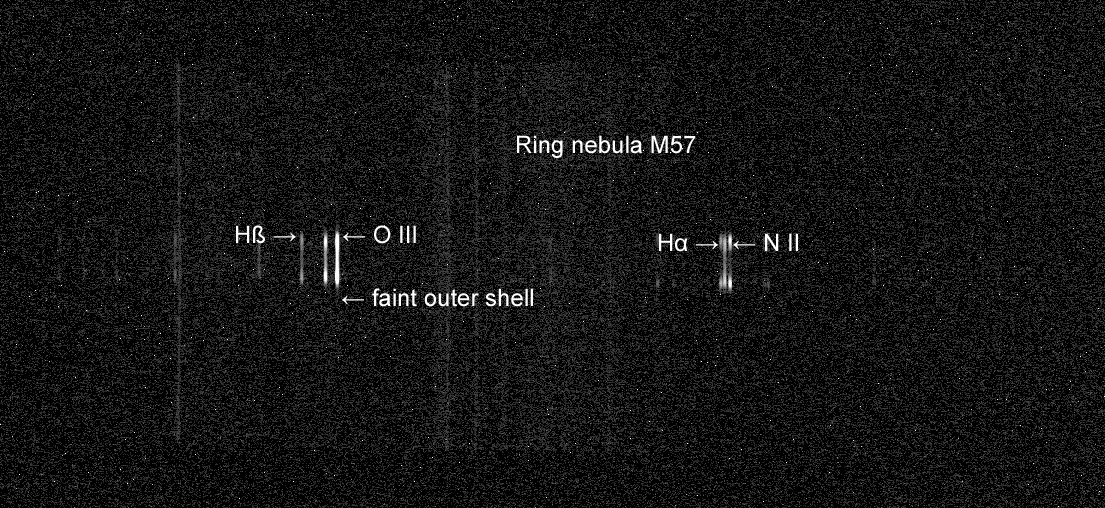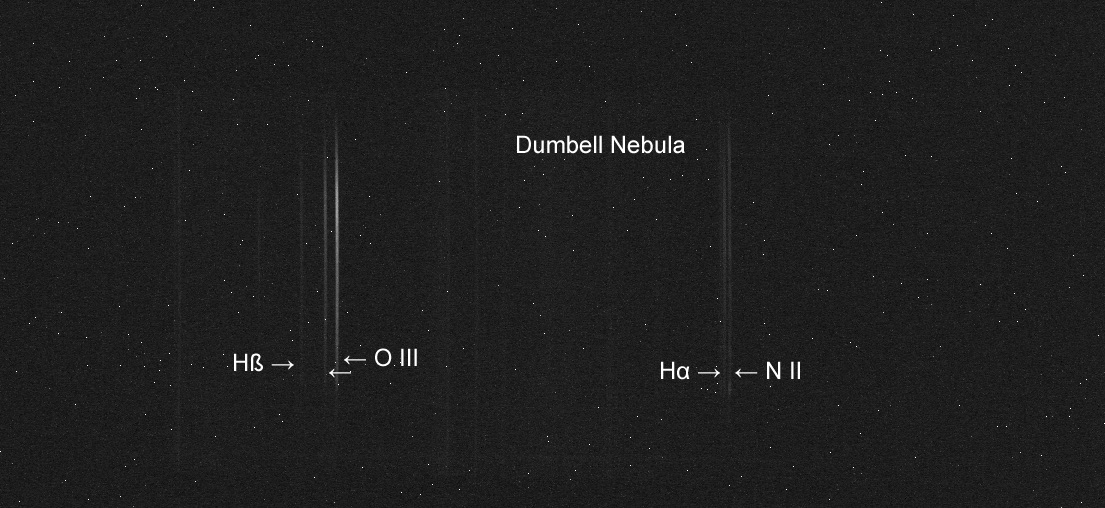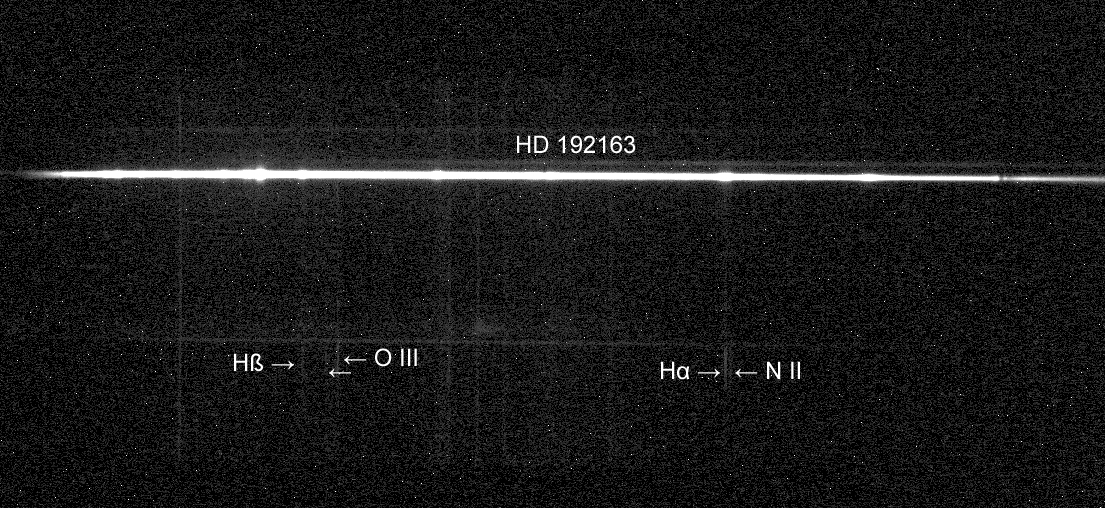Working for a while with an IR modified Canon EOS 60D DSLR for spectroscopy, I'm just switching to CMOS camera ZWO ASI 1600MM-C to extend my work to the fainter objects.
The ZWO camera comes with a CMOS sensor from Panasonic. Light sensitive area of the sensor is relatively large with dimensions of 17mm x 13 mm (WxH) and pixel dimension of 3.8 µm. So it is useful for both, imaging and spectroscopy.
I was curious about the spectral sensitivity of the camera. Unfortunately, the camera manufacturer just presented spectral response for 400-800 nm. I also couldn't find any technical sheets from Panasonic for the monochrome sensor to complete my knowledge about sensitivity in the NIR spectral range. So, I simply took a solar spectrum from the diffuse light with my Alpy through the window of my home. The spectrum is just provided for demonstration of its capabilities in the spectral range. The sensor obviously provides serious capabilities to obtain signal in the visible range, but also in the near UV and IR spectral range. This is good news for those having asked in the ZWO forum about capabilities for the Ca H and K lines and also sensitivity beyond H-alpha.
The image attached was taken with Alpy guiding unit and slit, but no optics mounted to the Alpy spectrograph. The spectrum was simply taken by holding Alpy plus camera at hand towards the diffuse skylight while focussing the device. Therefore, no serious calibration of the spectrum could be applied. The image presented demonstrates full width of the sensor and is intensified by gamma correction of 1.8 to enhance parts of the spectrum with lower intensities. As the sensor has 16 Mio. pixels, the image is scaled down by 4x4 binning to obtain a reliable resolution for presentation in this forum.
Unfortunately, current weather conditions don't allow for nightly astronomical observations since my camera arrived. Weather conditions are rude and change between clear skies and heavy rain currently may occur within 30 minutes. So, other users of the ZWO ASI camera are welcome to add their experience and measures to my post.
Please click on the image to see more features of the full spectrum in the NIR.
Have a nice Sunday!
Thilo Bauer



